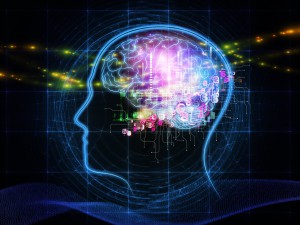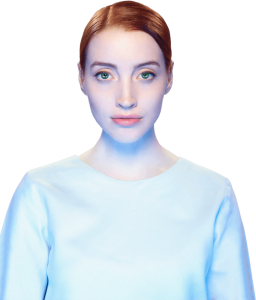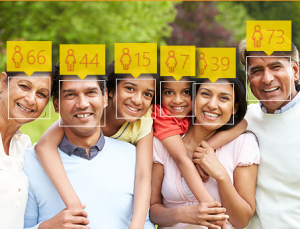
While on my flight to Boston for ReWorkDL I watched Ex Machina the “must see” latest AI film. I’d been warned that it wasn’t very good by my husband (who’d just flown home the day before!) but I thought that since he’d already seen it, I’d better take the chance to watch it since it’s unlikely to be something we’d watch together in the future. If you haven’t seen it, then please be aware that this post does contain spoilers so read on with caution. Continue reading Ex Machina – film review


